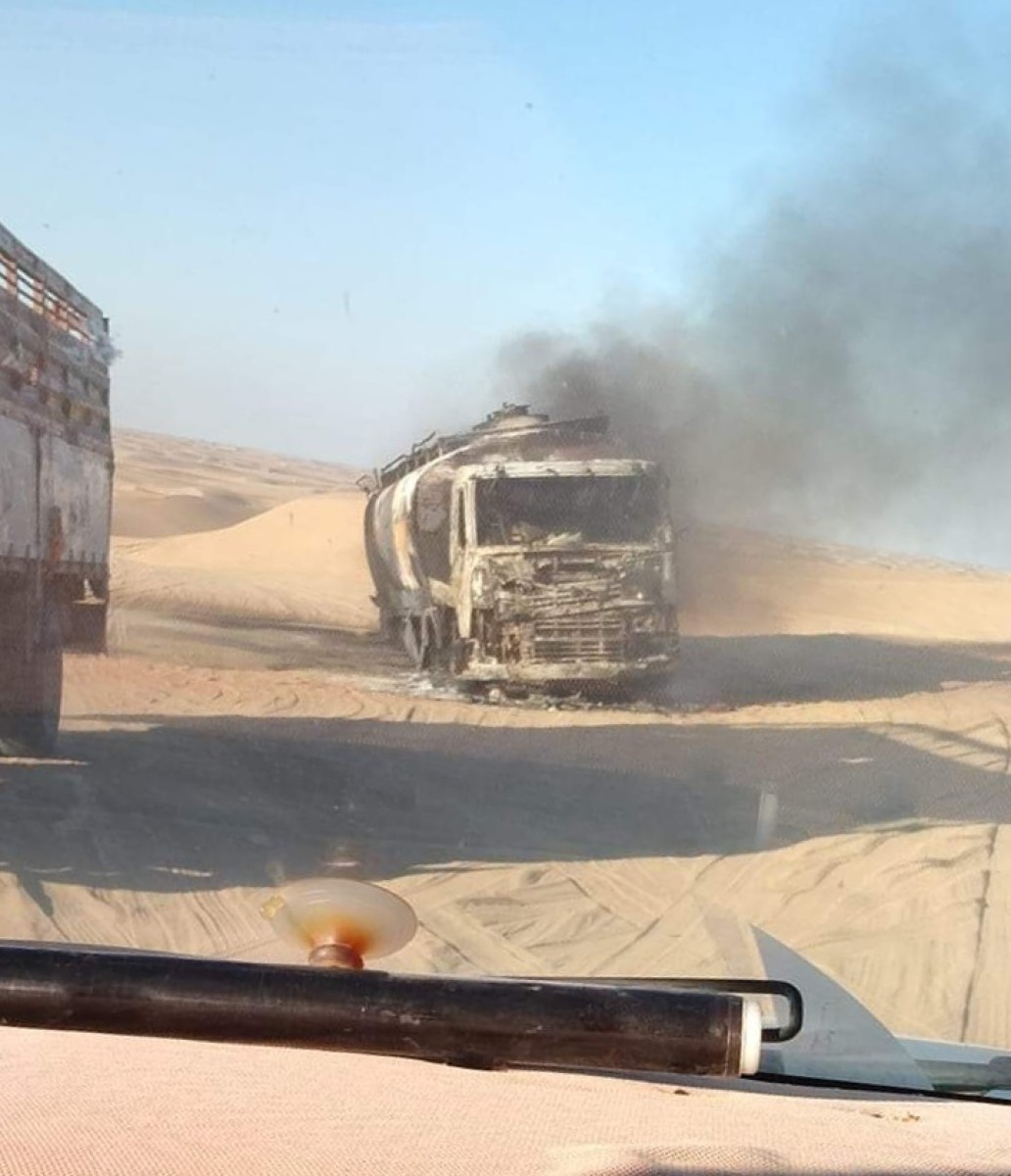The oil pricing crisis in Marib raises questions about the fate of the governorate’s revenues


The crisis that Marib Governorate has been experiencing for days over raising the price of locally produced oil has sparked renewed talk about the fate of the governorate’s revenues from oil and gas.
Last week, the governorate witnessed violent confrontations between the army and the Ubaida tribes in the governorate, which reject the authorities’ decision to raise the price of petroleum produced locally from Safer refineries, by 8,000 riyals for a 20-litre tankard, instead of 3,500 riyals.
The tribes established what are called tribal dumps in the Al-Irqain area and prevented the exit of any quantities of petroleum derivatives produced from the refineries, to put pressure on the authorities to return to the previous pricing, while allocating 300 thousand liters of oil per day to the stations of the Al-Wadi District.
This crisis brought back reminders and conversations about the fate of the governorate’s revenues from locally refined oil revenues, as well as local gas, since their supply to the Central Bank was cut off in 2015 with the outbreak of war, and this continued even with the transfer of its administration to Aden.
The governorate produces about 20 thousand barrels of oil per day, of which between 7 and 10 thousand barrels are refined in Safer refineries, which means producing about 1.5 million liters of oil derivatives per day, while the rest of the amount of crude oil is exported through Shabwa. And Marib gets 25% of the revenues before the export process stops as a result of the Houthi militia attacks.
While the governorate controls the local production of gas and covers 70% of the local need, with an annual production exceeding 60 million gas cylinders, according to a statement by the Executive Director of the Gas Company, Mohsen Wahit, at the beginning of 2022 AD.
The local authorities do not provide any official figures about the volume of revenues collected from the sale of refined oil or local gas, and how they are disposed of away from the government and the central bank, which makes it the largest and most important hotbed of corruption and tampering, only to return to the forefront again with this... The clashes and crisis taking place in Marib.
Clashes that the politician Abdel Nasser Al-Mudaea sees as a struggle “over the corruption of the Ma’rib Oil Refinery oil,” in a lengthy article he wrote about the background of the file, in which he confirms that this corruption is worth more than half a million dollars a day in the worst cases.
The depositor points out that - in theory - the refinery products are sold to oil stations in Ma’rib Governorate and some service sectors and government sectors in the governorate at the subsidized price, but a large part of it leaks into the market from those parties and is sold at the actual price.
Pointing out that the corruption of oil derivatives in Ma’rib is shared by many parties, the most important of whom are: Ma’rib Governorate authorities/Islah Party, military and security leaders in the oil and gas areas and facilities, influential tribal sheikhs, especially the sheikhs of the Ubaidah tribes, where oil and gas are located, senior employees at Safer Company. The Ministry of Oil, and some senior officials in the so-called legitimate government.
Al-Moudaid believes that the clashes that Marib is witnessing these days are clashes agreed upon between the parties to the oil corruption lobby, aiming to deliver a message to the parties that demanded improving and controlling government revenues (Saudi Arabia, the Emirates, the International Monetary Fund, ambassadors of donor countries) that lifting support for... Oil and gas derivatives lead to violence and chaos.
Source/NewsYemen